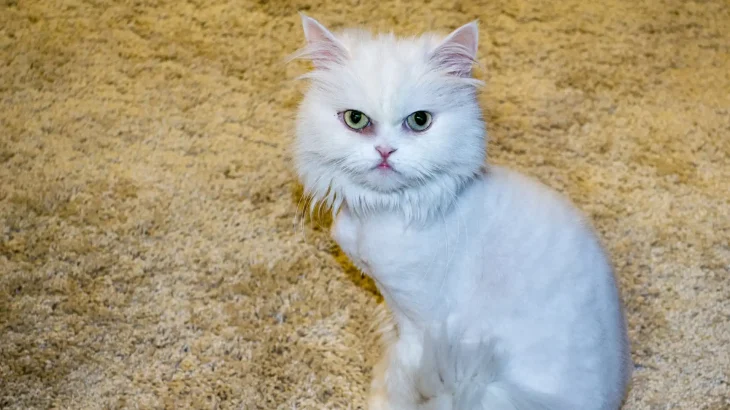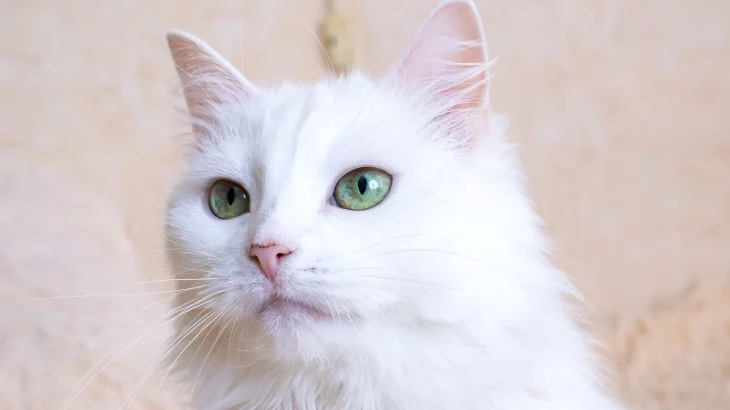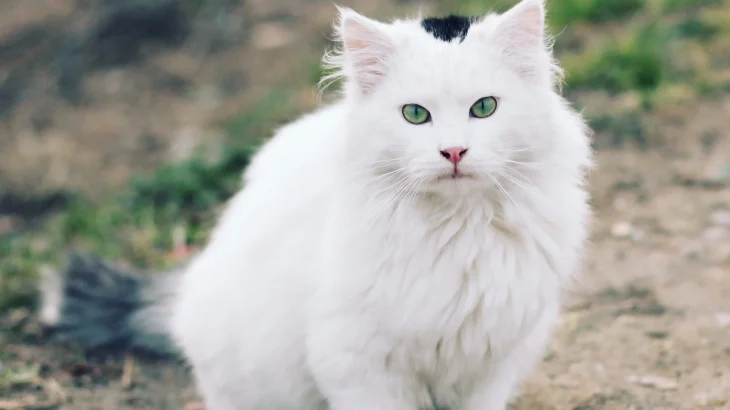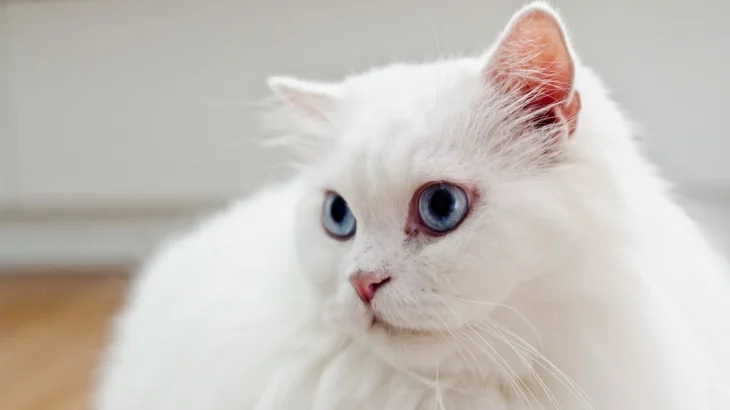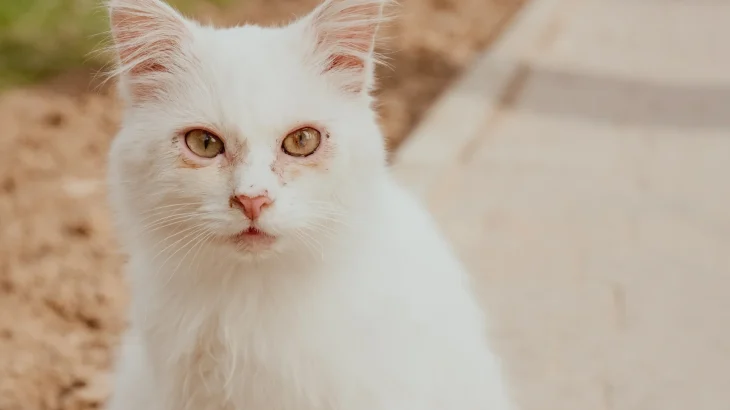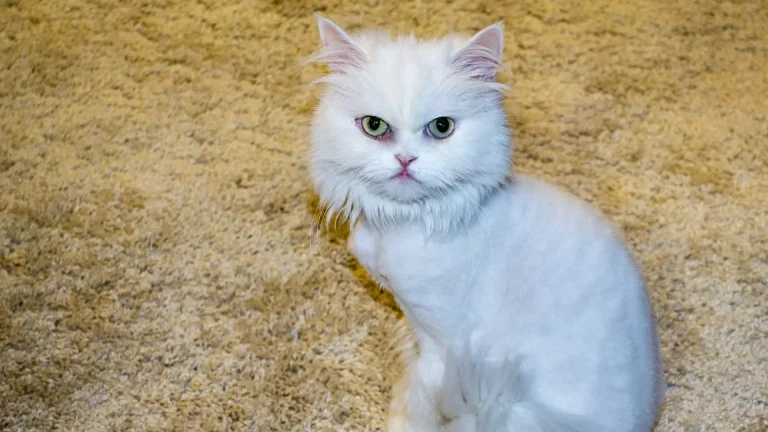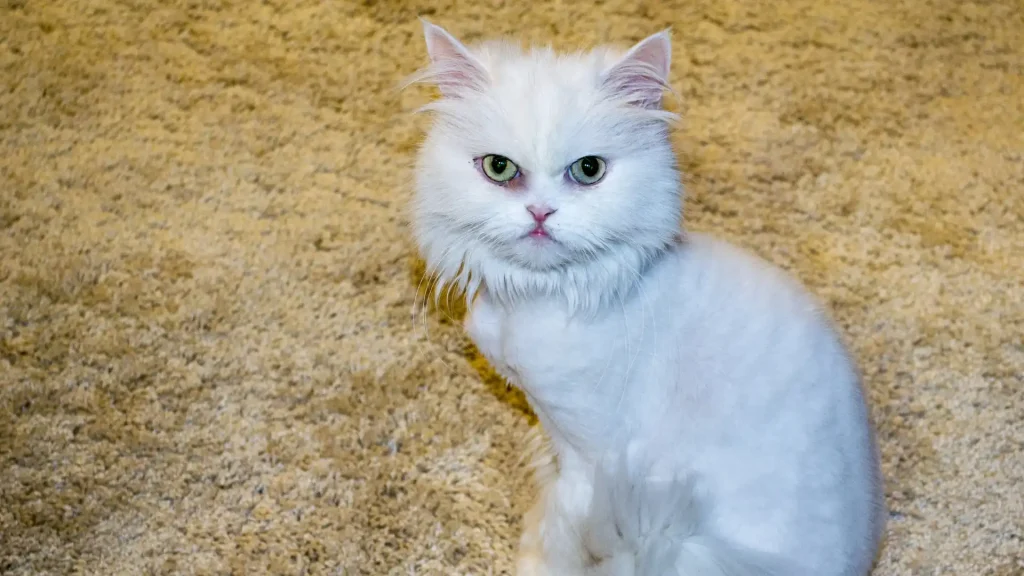Choosing between adopting a Shiraz kitten or purchasing one from a breeder comes down to your priorities, whether that's having detailed lineage information or giving a home to a cat in need. Each path presents different benefits and considerations, especially when it comes to health history and ethical factors.
| Criteria | Buying from Breeder | Adopting from Shelter/Rescue |
|---|---|---|
| Cost | Generally higher, reflecting purebred status and breeding expenses. | Usually lower adoption fees that often cover vaccinations and neutering. |
| Health History | Comprehensive health and genetic screening information available. | Health background may be incomplete but basic checks are done by shelters. |
| Age Availability | Mostly kittens, allowing bonding from an early age. | Wide range of ages including adults and seniors looking for homes. |
| Temperament Insight | Breeders provide insights based on lineage and experience. | Shelter staff share observed behaviors but history can be uncertain. |
| Ethical Considerations | Supports responsible breeding when choosing reputable breeders. | Helps reduce shelter overpopulation and gives cats a second chance. |
| Breed Purity & Pedigree | Clear documentation to maintain Shiraz lineage purity. | Breed background often unknown or mixed, focusing on giving homes instead. |

